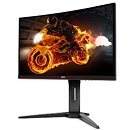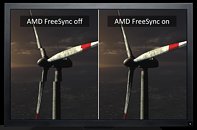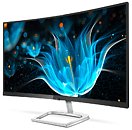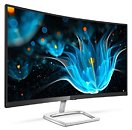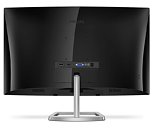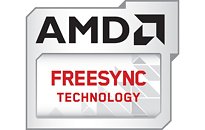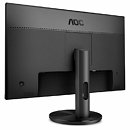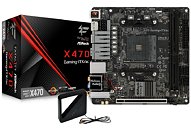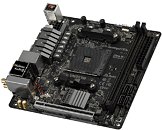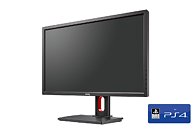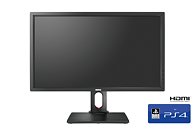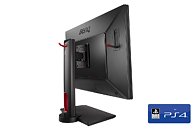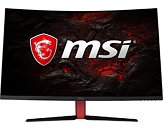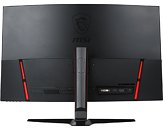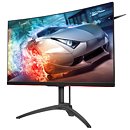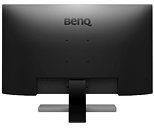
LG Unveils the UltraGear 34GK950 Gaming-Oriented Monitors With Nano-IPS, FreeSync 2/G-Sync
LG unveiled their new UltraGear lineup of desktop, gaming-oriented monitors, which bring top of the line features for gamers. The monitors both feature a 34" diagonal and a 3440x1440 resolution. They both feature a 21:9 aspect ratio; brightness is left at a relatively sparse 400 nits (with VESA's DisplayHDR standard compliance) and static contrast only reaches 1000:1. The G-Sync panel (UltraGear 34GK950G-B) offers up to 120 Hz refresh rates with 4 ms GtG response times (via overclocking, only 100 Hz out-of-the-box), while the FreeSync 2 monitor (34GK950F-B) brings that up a notch to 144 Hz with 5 ms GtG response times.
The usage of nanoparticles applied to the screen's LED backlighting serves to absorb excess light wavelengths and improve intensity, purity, and accuracy of the on-screen colors - LG claims that both LCDs can display 1.07 billion colors while covering 98% of the DCI-P3 color gamut. There's ULMB support for the NVIDIA monitor and a similar technology for the FreeSync 2 display; LG's proprietary DAS (Dynamic Action Sync) which follows TV's Game Mode to cut post-processing of images to reduce lag; and there are brightness presets according to game types (FPS, RTS) for the G-Sync panel, while the FreeSync 2 features a black stabilizer tech.
The usage of nanoparticles applied to the screen's LED backlighting serves to absorb excess light wavelengths and improve intensity, purity, and accuracy of the on-screen colors - LG claims that both LCDs can display 1.07 billion colors while covering 98% of the DCI-P3 color gamut. There's ULMB support for the NVIDIA monitor and a similar technology for the FreeSync 2 display; LG's proprietary DAS (Dynamic Action Sync) which follows TV's Game Mode to cut post-processing of images to reduce lag; and there are brightness presets according to game types (FPS, RTS) for the G-Sync panel, while the FreeSync 2 features a black stabilizer tech.





